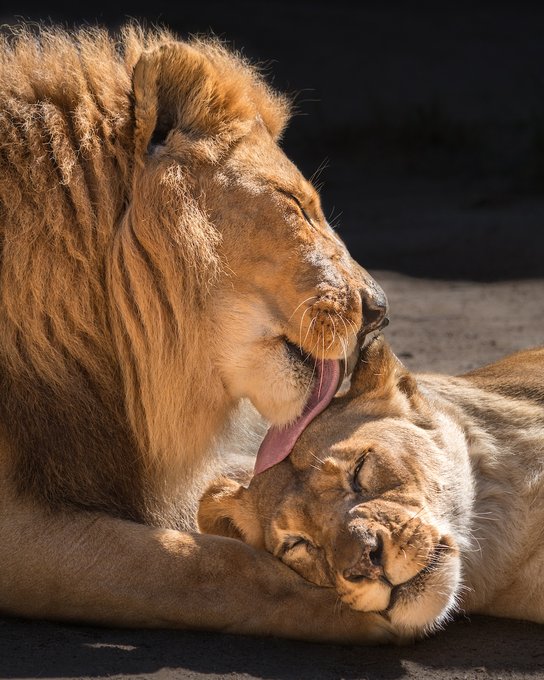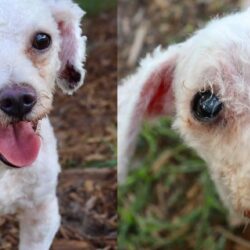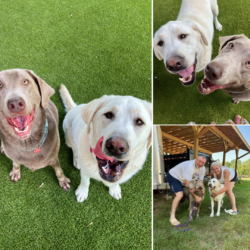The long-time companions were both 21 years old and had far outlived their normal life span of 14 to 17 years.

The iconic love story of Hubert and Kalisa came to a bittersweet end in 2020. The inseparable pair of African lions who’d become a popular staple of the Los Angeles Zoo were both euthanized due to declining health and age-related illnesses that are said to have diminished their quality of life. The long-time companions were both 21 years old and had far outlived their normal life span of 14 to 17 years, the zoo said in a statement. While fans mourned the death of the majestic felines, many took comfort in the knowledge that neither of them had to live without the other.
“It is with a heavy heart that we announce the loss of our African lion pair, Hubert and Kalisa. Animal care and health staff made the difficult decision to humanely euthanize the 21-year-old lions today due to their declining health and age-related illnesses that had diminished their quality of life,” the Los Angeles Zoo & Botanical Gardens announced on social media. “Hubert and Kalisa are an iconic part of the LA Zoo experience, and our staff and guests have been touched by their loyal companionship,” said Denise Verret, CEO and zoo director of the LA Zoo. “These affectionate companions came to the LA Zoo six years ago, and they quickly charmed themselves into our hearts as we observed their magnificent beauty and unique bond.”
“It was often said, you don’t see Kalisa without Hubert being close by,” Verret added. “So, while it is truly heart-wrenching that we had to say goodbye to this iconic pair, we can take comfort in knowing they left together. These lions will remain a positive part of our history, and they will be greatly missed.” According to PEOPLE, Hubert was born at Chicago’s Lincoln Park Zoo on February 7, 1999, and Kalisa on December 26, 1998, at Seattle’s Woodland Park Zoo, where the pair were introduced.
They were moved to Los Angeles together in 2014 and while Hubert fathered 10 cubs, he never had any with Kalisa. “This is a very hard loss for our Zoo community. You cannot think of Hubert without thinking of his companion, Kalisa; they’ve been an inseparable couple for years,” Alisa Behar, curator of mammals at the zoo, said in a press release. “In the early mornings, staff would routinely hear Hubert’s waking roars, and I will personally miss hearing them on my walks around the grounds.”
“With an average life expectancy of mid-teens and about 17 years in Zoos, Hubert and Kalisa were considered elderly when they arrived at the LA Zoo in 2014 from the Woodland Park Zoo, where they had first bonded. They quickly became favorites among LA Zoo guests and staff and were known for their frequent cuddles and nuzzles,” the zoo added in its statement. Verret credited the zoo’s veterinary and animal care teams for the longevity of the lions, saying: “I have to commend our animal care and veterinary staff for the great care they’ve given this pair, a couple who lived longer than most lions do in human care and the wild.”
Speaking to LA Times, animal programs director Beth Schaefer said that the lions were “charismatic both together as partners and separately” and that “their undivided attention was always on the other as they rested together, cuddled and nuzzled often.” When questioned by an Instagram user about their decision to euthanize Hubert and Kalisa instead of letting them die of old age, the zoo replied: “Both lions were in declining health in the past couple of months with a more rapid decline in the past two weeks. Animal health staff had been monitoring Hubert for several months due to slow weight loss when they were alerted to a more rapid decline in mobility for Kalisa recently.”
“Both lions started losing more weight in the past month or so and it was clear that their quality of life was also diminishing,” it added. “The strength of their social bond has always been clear; euthanizing only one of these individuals would have been more difficult but with both lions having medical issues, this decision, fortunately, did not have to be made.”

















